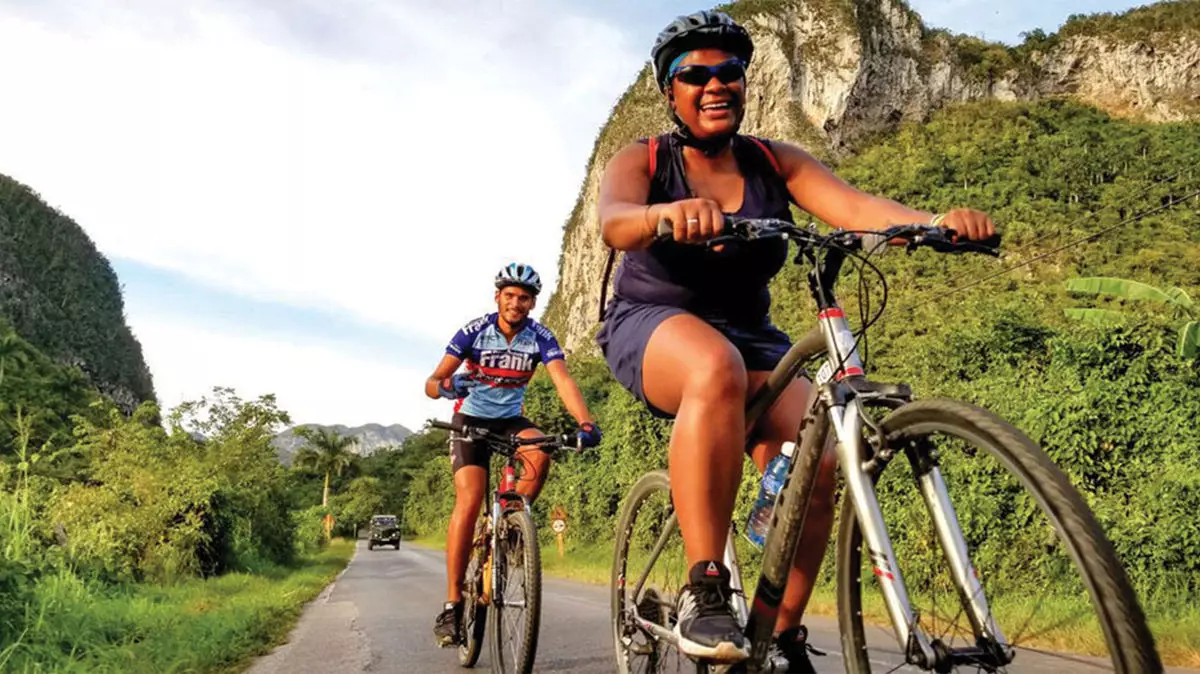Cuba’s tourism landscape has historically navigated a complex mosaic of political, economic, and environmental pressures. While the island has faced challenges stemming from international relations and infrastructural inadequacies, the recent onslaught of natural disasters has brought additional hurdles, casting a shadow over its tourism industry. This article delves into the current state of Cuba’s tourism, evaluating the implications of aging infrastructure, climate events, and the ongoing socio-political landscape.
Recent events have precipitated a crisis for Cuba’s tourism sector, as tour operator Jesus Noguera described it as one of the toughest periods in memory. The compounding effects of hurricanes, severe earthquakes, and power outages have amplified pre-existing issues tied to Cuba’s aging infrastructure. For instance, the country’s reliance on outdated power plants, predominantly from the Soviet era, has exacerbated the impact of these crises. When Hurricane Oscar struck shortly after a nationwide blackout, it highlighted the fragility of Cuba’s essential services and the urgency for modernization.
Moreover, the earthquake that measured 6.8 on the Richter scale only underlined the vulnerability of Cuba’s infrastructure. These natural disasters not only disrupt daily life but also create fear among potential tourists, influencing decisions, and leading to dropped bookings. As Noguera pointed out, visitor numbers remain starkly below pre-pandemic levels, showcasing the challenges that arise when a destination’s reliability is called to question.
Cuba’s tourism statistics tell a compelling story of decline. In a world where tourism is beginning to bounce back, Cuba sees itself grappling with numbers reminiscent of two decades ago. With approximately 1.7 million visitors recorded through September 2024, the country has not only failed to recover to its pre-pandemic heights but is far behind the nearly 5 million tourists that visited during the Obama administration, which saw a thaw in U.S.-Cuban relations. The sustained restrictions that followed, particularly during the Trump and Biden years, have been a significant factor in this regression.
Noguera’s skepticism about achieving even 2 million visitors in the near future reflects a broader narrative of disappointment and setbacks. The strategies that once flourished have crumbled under the weight of economic inflation and governmental crises from the power grid to rising costs of living. This paints an unfortunate picture for a nation that once drew millions of visitors to its sun-soaked beaches and vibrant cities.
Despite the grim statistics and ongoing crises, there are signs of resilience within the private sector that could provide a beacon of hope for Cuba’s tourism. Tour operators and businesses like Cultural Cuba have shown adaptability, leveraging creativity to navigate the challenges at hand. For instance, accommodations are increasingly equipped with backup power solutions, addressing one of the main concerns that deter visitors.
Leigh Barnes of Intrepid Travel emphasized the importance of communication with travelers, reassuring them about safety and practical considerations, such as being prepared for power outages. The private sector seems to be thriving, with innovative solutions being deployed to meet the needs of guests. As Noguera mentioned, private restaurants deliver quality experiences, attracting domestic and international clientele alike.
Cultural Cuba reported a remarkable expansion, noting that their businesses have grown by approximately 400% since 2019. This growth amidst adversity speaks volumes about the capacity for the sector to adjust to new realities, even if this adaptability is not yet widespread across all regions of the country.
Looking ahead, the influence of U.S. politics on Cuban tourism remains a critical factor. The potential resurgence of restrictive policies, especially with influential figures like Florida Sen. Marco Rubio poised for significant roles in the new administration, adds a layer of uncertainty. An administration aligned with hardline policies toward Cuba could stifle the industry’s budding recovery.
Conversely, insiders like David Lee of Cultural Cuba express confidence that even a return to Trump-era policies would not diminish the industry’s capacity for resilience. History has shown that the tourism sector can adapt to changing political climates, although the road to recovery may be rocky.
Cuba’s tourism sector stands at a crossroads, grappling with the intricate weave of infrastructural challenges, natural disasters, and the ever-evolving political landscape. While the specter of past glories remains, the hope lies in the private sector’s ability to innovate and adapt. As the world looks on, Cuba’s resilience may be its greatest asset in overcoming these multifaceted challenges and forging a path forward. Despite the hurdles, the island’s rich cultural landscape and resilient spirit beckon, promising unique experiences for those willing to brave the uncertainty.


Napsat komentář